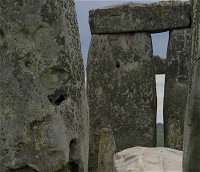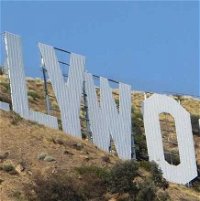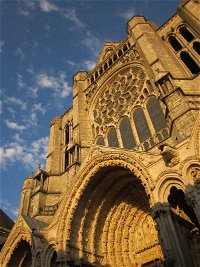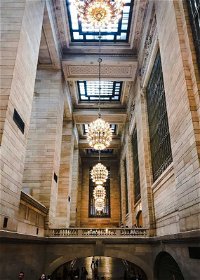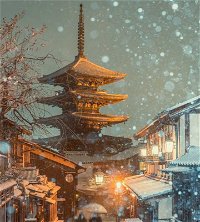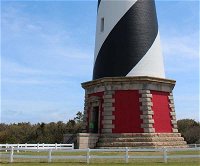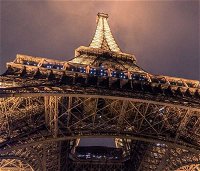Quiz Answer Key and Fun Facts
1. Cecil Chubb
2. Sergeant Leon Weckstein (US Army)
3. Hollywood Chamber of Commerce
4. Colonel Welborn Barton Griffith Jr. (US Army)
5. Jacqueline Onassis (Municipal Art Society of New York)
6. Lieutenant Robert Davies (Royal Engineers British Army)
7. Henry L. Stimson (U.S. Secretary of War)
8. International Chimney Corporation
9. Eugène Adrien Ducretet
10. Adina de Zavala
Source: Author
sally0malley
This quiz was reviewed by FunTrivia editor
stedman before going online.
Any errors found in FunTrivia content are routinely corrected through our feedback system.

